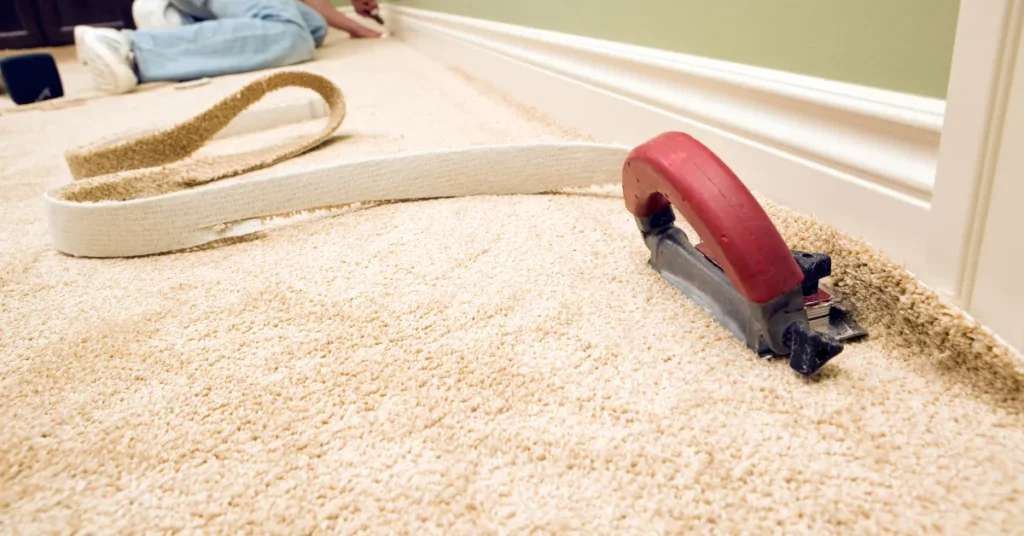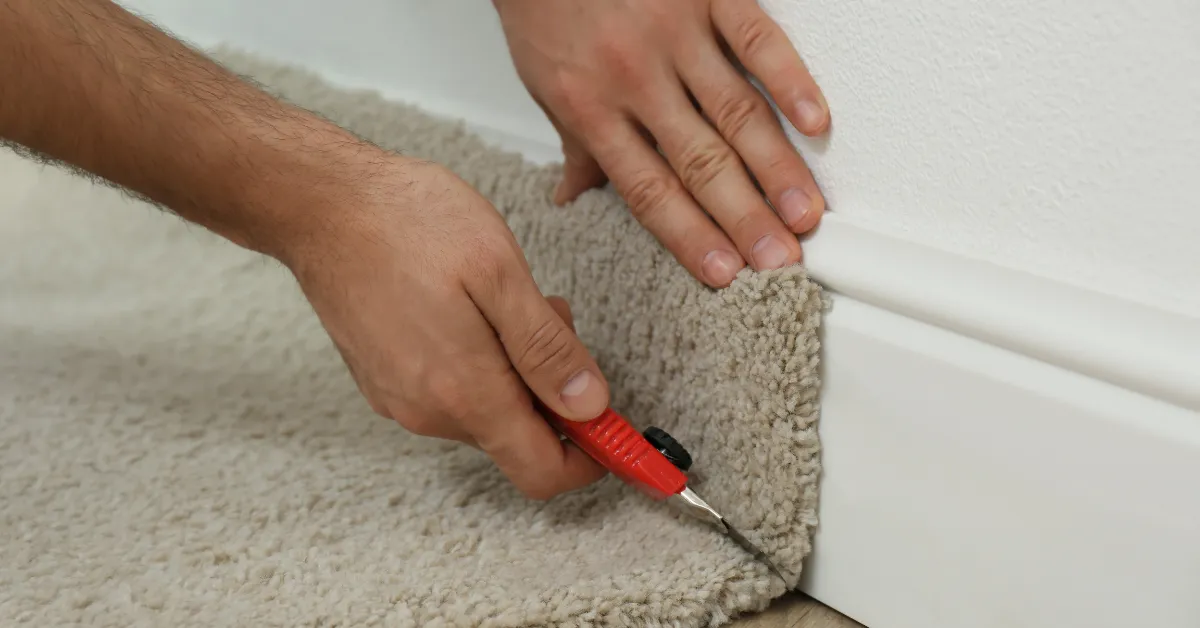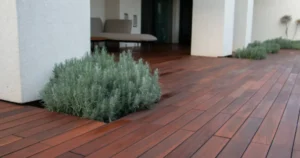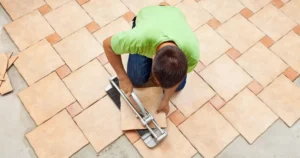Carpet can add beauty, warmth, and comfort to any home. A neat floor surface creates a soft feel for daily walking comfort. Yet many homeowners run into common problems when installing carpet. This is why knowing solutions can save money and reduce stress. Whether you try DIY carpet installation or plan carefully, challenges may happen. Wrinkles, uneven seams, or loose corners can appear later. Before rushing to replace, you can often handle issues with knowledge. With the right carpet installation process, problems become manageable and easier. Learning how to handle issues also helps you extend carpet life longer. Good carpet installation preparation is the key to preventing future flooring issues.
Wrinkles and Ripples in Carpet
Wrinkles or ripples are the most common carpet installation problems people face. They often appear when carpet is not stretched tightly during fitting. Installing carpet requires careful use of stretching tools to hold firm. Without proper stretching, foot traffic causes bubbles and folds to appear. This problem is managed by re-stretching the carpet using correct equipment. Some people try DIY carpet installation with patience and basic rental tools. The carpet installation process becomes smoother when padding is fitted correctly first. Wrinkle control is easier if you do not delay handling the issues. Early carpet installation preparation prevents future bumps or surface movement after regular use.
Seam Splitting and Visible Joins
Another problem many people face is seam splitting or visible joins. When installing carpet, seams must be joined using heat and seam tape. If not done right, lines show and affect the finished look. Matching carpet fibers carefully is important when cutting and placing seams. DIY carpet installation requires extra patience when trimming and aligning edges. If you notice open seams, sealing them early can reduce spreading. Carpet installation preparation helps by planning where seams will fall inside rooms. For larger areas, careful measurement ensures seams are less visible overall. Correct seam handling keeps the carpet surface smooth and appealing after installation. With good planning, the carpet installation process avoids visible and uneven gaps.

Loose Edges and Corners
Loose edges and frayed corners are common in residential carpet installation. These issues appear when tack strips are not secured firmly to the floor. Installing carpet means anchoring every edge tightly against the wall or step. A loose edge allows dirt to collect and shortens carpet life greatly. To handle this, tack strips must be placed carefully at correct spacing. DIY carpet installation methods include using a carpet kicker along the wall. Always begin with clean and level floor surfaces during carpet installation preparation. Proper edge fixing prevents peeling and improves the overall appearance of flooring. Tight carpet edges hold shape and protect fibers from everyday household wear.
Doorway Transition Issues
Sometimes carpets lift up at doorway transitions creating tripping hazards quickly. This usually happens when installing carpet without a strong threshold strip installed. Threshold strips or transition bars keep the carpet locked firmly in place. During the carpet installation process, these strips are pressed between flooring types. Without this step, edges between carpet and tile can shift over time. DIY carpet installation requires measuring the doorway width and fitting the strip. Carpet installation preparation ensures correct placement at all entry points before stretching. Fixing this problem quickly prevents damage and keeps the surface safe to walk. A neat transition line improves both the look and the safety instantly.
FAQs
How to install carpeting?
To install carpeting, prepare the floor, place padding, stretch carpet, trim edges, and secure seams carefully.
How to install carpet on steps?
Measure each step, cut carpet pieces, use tack strips, staple securely, and smooth out wrinkles.
Should I tip carpet installers?
Tipping is not required but appreciated for good work, usually ten to twenty dollars.
Can you install carpet over tile?
Yes, you can install carpet over tile if the surface is clean, level, and well prepared.
What is the carpet installation process?
It includes preparation, padding placement, stretching, seam sealing, trimming, and final edge securing.
Uneven Surfaces and Bumps
Some homeowners complain about uneven surfaces or bumps after installing carpet. This problem often comes from poor padding placement or floor leveling. The carpet installation process requires smooth padding across the entire floor area. If padding overlaps or shifts, bumps appear under the carpet surface. Taking time to glue or tape padding edges avoids unwanted movement. DIY carpet installation mistakes often involve rushing the padding placement steps. To handle bumps, lift sections and reset padding for even coverage. Carpet installation preparation includes cleaning the subfloor and checking for cracks first. A clean and level surface ensures the carpet stays smooth for years. When planning your project, always compare materials and request a free estimate before starting. Handling bumps early helps you avoid replacing expensive flooring before necessary.





